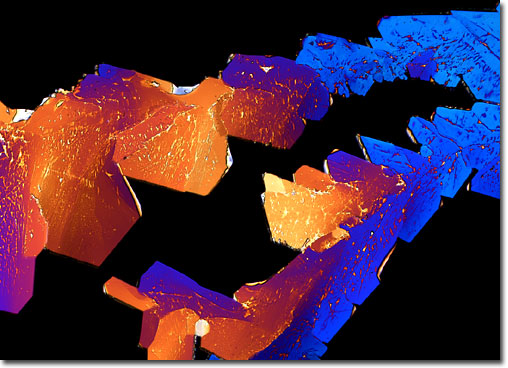|
Vital for the successful implantation of a fertilized egg into the lining of the uterus, in months when fertilization does not occur, the levels of progesterone produced in the female body decrease soon after the egg is released. Several days later, bodily levels of the steroid drop to such an extent that the uterine wall begins to deteriorate, resulting in menstruation. However, if the egg released is successfully fertilized, progesterone production not only continues, but increases. This augmentation of the hormone serves to help maintain the corpus luteum, support the pregnancy, and ready the mammary glands for the production of milk.
|
